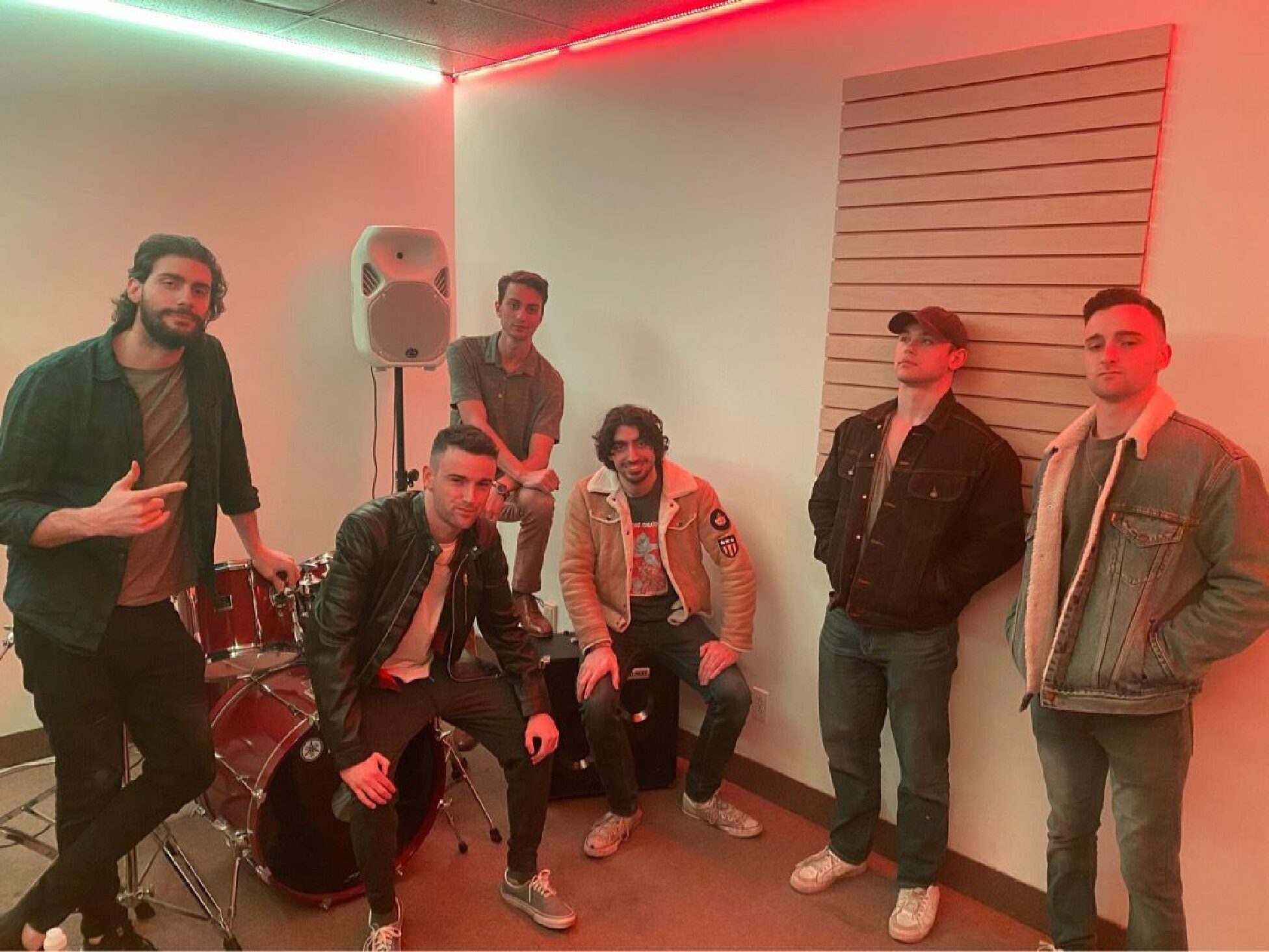OTTAWA (CUP) – It can’t be blamed on the translation. Mikko Sirén, drummer for the Finnish cello-metal band Apocalyptica, uses the terms “they” and “us” to describe the transformation his band has undergone in the past decade.
When talking about Apocalyptica, the cover band that played Metallica, Pantera, and Sepultura covers for its first two albums in 1996 and 1998, he uses the term “they.”
This could refer to the band in the years before Sirén joined, but it’s more about the transition to the band’s current form.
“It just came to the point that if they wanted to continue, if they wanted to be fresh, to be excited [about] the band, they really needed to find something new to do,” Sirén said.
Then he makes the switch.
“And to make our own songs, that’s a way you can express yourself.”
He switches back to “they” when speaking in the past tense.
“That was a thing they aimed for and I really have to be proud of the guys they did it because it was a brave thing to do,” he added.
The band switched to releasing albums that consisted primarily of original material in 2000, a move that some fans found unsettling.
Sirén first joined the band on stage in 2003, and became a full-fledged member of the group in 2005 – another step away from the cover band that translated Master of Puppets to chamber music.
“Of course, we know that some fans might be upset about it and that it’s the wrong thing to do,” Sirén said considerately. “But I also agree the only way a band survives is to keep our minds fresh. It’s really crucial we change the stuff we do; be brave and not just stuck with some old things we’ve done.”
When interviewed, the band was in Finland to rest, practice, and “keep girlfriends happy,” before launching into the North American leg of their tour, which started on Sept. 21.
Although the concept behind Apocalyptica appears to be more Mozart than Metallica, the crash of the cymbals, the sinister tone of the cellos, and the legitimate metal-inspired cello solos in their music can make even the most dedicated metal fans raise the devil horns.
“I think it’s a combination of the tenderness, those really fragile [elements] that those classical instruments bring, and that combined with the high energy, [and] the power [of metal],” he said. “You can find those in other bands. But the combination of those two in one band, I think that’s something special that’s [not] easy to find.”
The three cellists, Eicca Toppinen, Paavo L
Mafuba performs alongside Takuya Kuroda
Concordia-adjacent band, Mafuba, opened for renowned trumpeter Takuya Kuroda’s group in a show on April 3, 2024. A…



